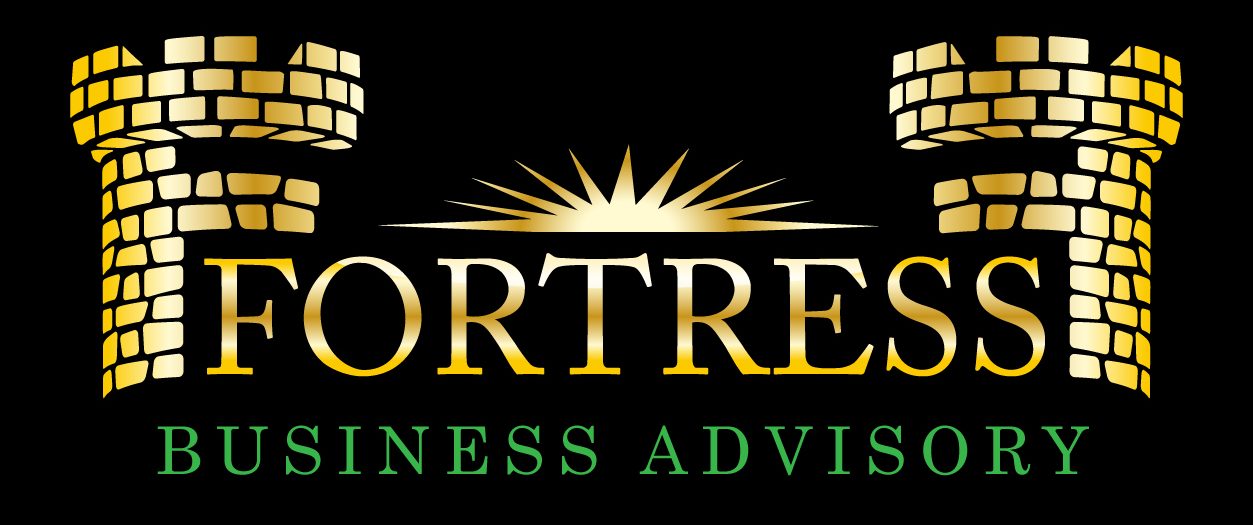Identifying Your Wealth Gap: Understanding Where You Are and Where You Want to Be
Wealth is often seen as the ultimate measure of financial success. However, achieving wealth is not just about accumulating money; it’s about bridging the gap between your current financial situation and your desired level of prosperity. In this blog post, we’ll explore the concept of the wealth gap and provide insights into how you can identify and address it to achieve your financial goals.
Understanding the Wealth Gap:
The wealth gap refers to the disparity between where you currently stand financially and where you aspire to be in terms of wealth and financial security. This disparity can manifest in various forms, including income levels, assets, investments, and overall net worth. Identifying your wealth gap is crucial for developing a clear understanding of your financial situation and charting a course towards greater prosperity.
Identify Your Current Financial Status:
The first step in addressing your wealth gap is to assess your current financial status. Take stock of your income, expenses, assets, and liabilities to gain a comprehensive overview of your financial situation. Calculate your net worth by subtracting your liabilities from your assets. This will give you a baseline from which to evaluate your progress and identify areas for improvement.
Set Clear Financial Goals:
Once you have a clear understanding of your current financial status, it’s time to set specific, achievable goals that will help you bridge the wealth gap. Your financial goals should be realistic, measurable, and aligned with your long-term aspirations. Whether it’s saving for retirement, paying off debt, buying a home, or starting a business, having clear objectives will provide direction and motivation as you work towards building wealth.
Identify Obstacles and Challenges:
Identifying the obstacles and challenges standing between you and your financial goals is essential for overcoming them effectively. Common obstacles to building wealth may include high levels of debt, insufficient savings, lack of investment knowledge, or limited income opportunities. By identifying these challenges, you can develop strategies to address them and make meaningful progress towards closing the wealth gap.
Develop a Plan of Action:
With your financial goals and obstacles in mind, develop a comprehensive plan of action to bridge the wealth gap. Break down your goals into smaller, manageable steps and prioritize them based on their importance and urgency. Consider leveraging tools and resources such as budgeting apps, financial advisors, or investment platforms to help you implement your plan effectively.
Monitor Progress and Adjust as Needed:
Regularly monitor your progress towards your financial goals and be prepared to adjust your plan as needed. Life is unpredictable, and financial circumstances can change unexpectedly. Stay flexible and adaptable, making course corrections as necessary to stay on track towards closing the wealth gap and achieving your desired level of financial success.
Conclusion:
Identifying and addressing your wealth gap is a crucial step towards achieving financial security and prosperity. By assessing your current financial status, setting clear goals, identifying obstacles, and developing a plan of action, you can make meaningful progress towards closing the gap and building the wealth you desire. Remember, wealth-building is a journey that requires patience, discipline, and determination, but with the right mindset and strategies, you can create a brighter financial future for yourself and your loved ones.

